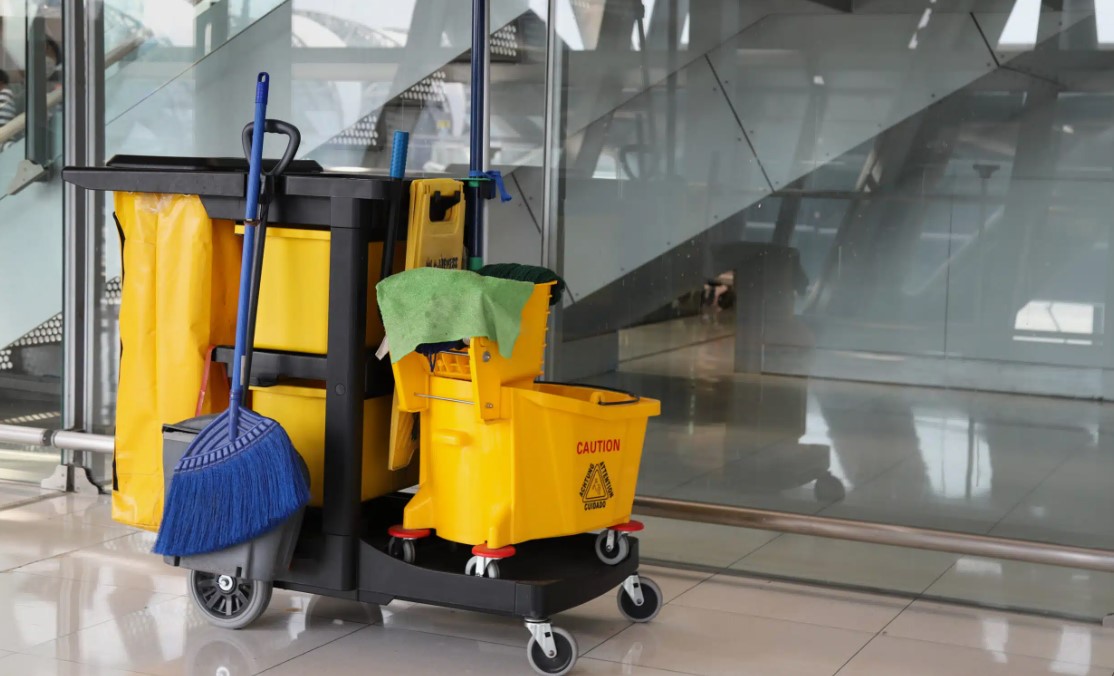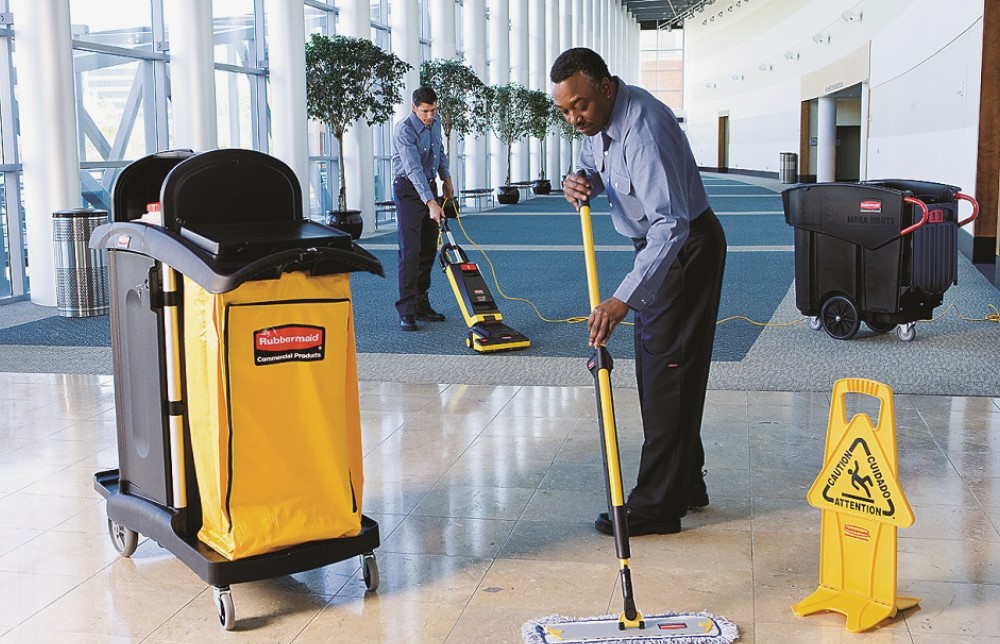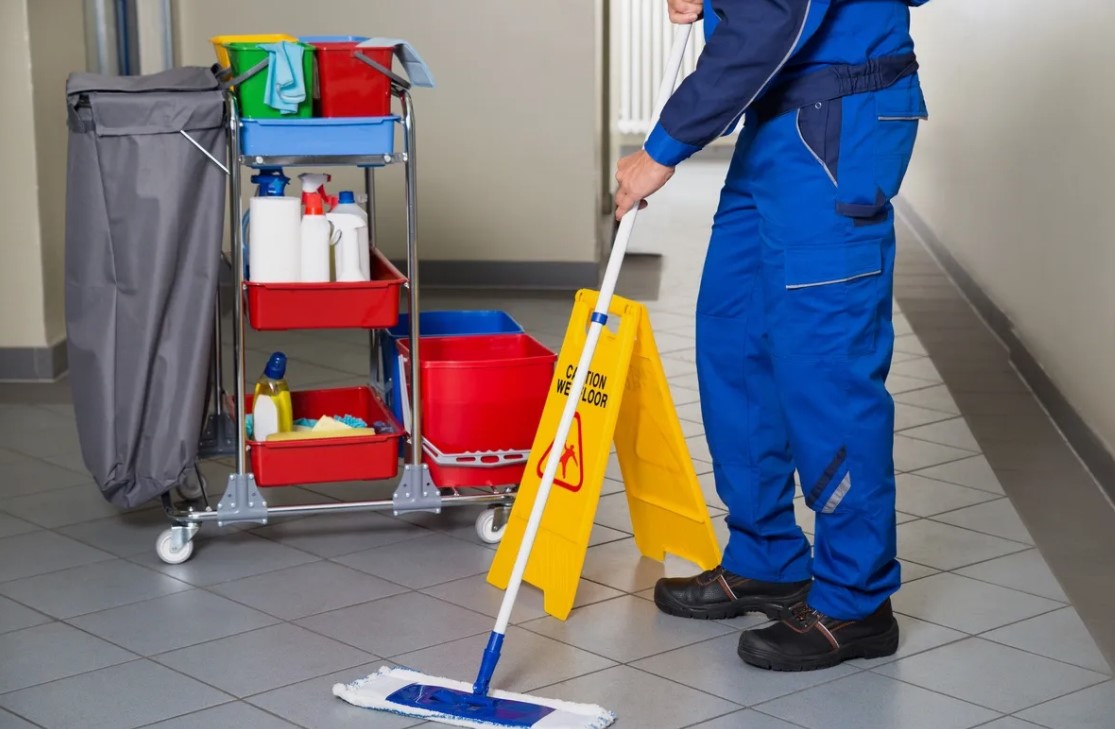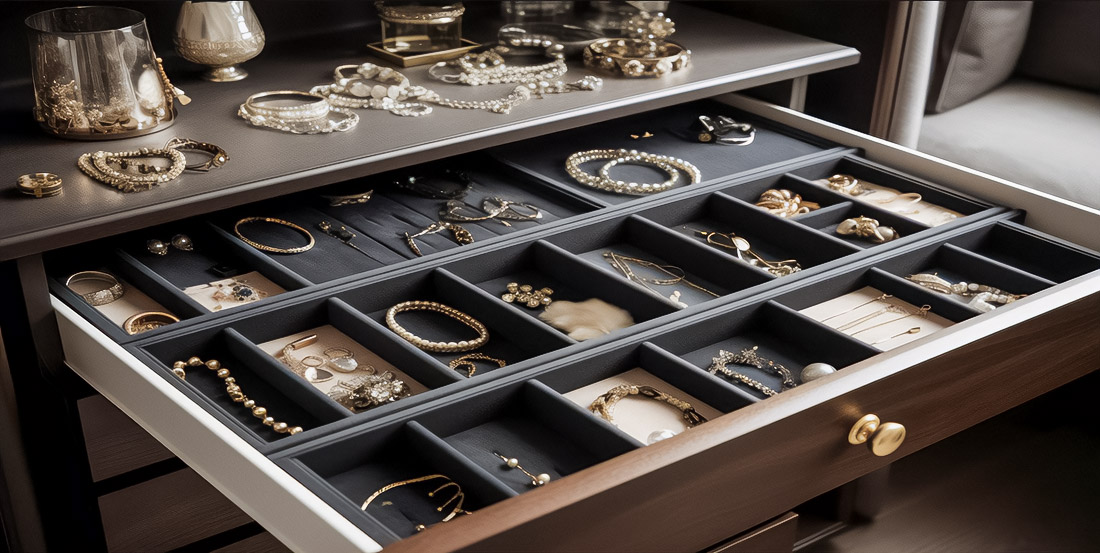Maintaining janitorial cleaning equipment in Dubai’s high-rise buildings presents unique challenges due to the scale, climate, and structural demands of the city. As the UAE continues to build higher and bigger skyscrapers, cleaning and maintenance equipment must adapt to the environment. High-rise structures require durable, efficient, and specialized cleaning equipment that can perform optimally in challenging conditions. This article will explore the key challenges involved in maintaining janitorial cleaning equipment in Dubai’s high-rise buildings and how these challenges impact operations in the region.
1. Environmental Impact on Cleaning Equipment in Dubai
Dubai’s climate poses significant challenges for maintaining janitorial cleaning equipment. The city experiences intense heat, with summer temperatures often exceeding 40°C (104°F). This extreme heat can lead to the overheating of motors and electrical components in cleaning equipment, reducing efficiency and potentially causing breakdowns. Additionally, frequent exposure to dust storms increases the need for regular maintenance and replacement of filters, seals, and moving parts, which are easily clogged by fine dust particles. The equipment used in high-rise buildings must be robust enough to handle these conditions, which increases the cost and complexity of upkeep.
2. Wear and Tear Due to Frequent Use
High-rise buildings in Dubai, especially those used for commercial or residential purposes, experience high foot traffic. Cleaning equipment used in these buildings operates frequently and for long hours. The constant wear and tear on scrubbers, buffers, vacuum cleaners, and other tools necessitates frequent maintenance, as well as timely replacement of parts. Prolonged use without adequate rest periods or maintenance increases the chances of breakdowns, which can disrupt cleaning schedules. Given the scale of these buildings, even minor equipment failures can cause significant delays in operations, affecting overall building cleanliness.

3. Equipment Accessibility in High-Rise Buildings
One of the most significant challenges is accessing different parts of a high-rise building with cleaning equipment. Transporting heavy and large cleaning machines between floors, especially in buildings with restricted elevator space, can lead to logistical complications. In some cases, manual labor is required to move equipment, which not only adds to operational costs but also increases the risk of damage. Elevator constraints, combined with the sheer height of these buildings, demand specialized, compact, and portable janitorial equipment that can be easily moved and stored. This adds complexity to the maintenance process as compact equipment may require more frequent servicing.
4. Safety Concerns During Equipment Maintenance
Safety is a top priority when maintaining janitorial cleaning equipment in high-rise environments. Given the height and structural design of these buildings, maintaining safety standards for both the cleaning staff and the equipment is crucial. For example, equipment malfunction while being used at great heights, such as window cleaning rigs or scaffolding, can pose significant risks. Additionally, routine maintenance on equipment used for exterior cleaning—especially those relying on high-pressure systems—must adhere to strict safety protocols to prevent accidents. These factors not only require specialized equipment but also demand regular and thorough inspections to ensure everything functions correctly.
5. Technical Skills and Workforce Training
High-rise cleaning requires trained professionals who are adept at using and maintaining specialized janitorial equipment. In Dubai, the rapid growth of the real estate sector has created a demand for technical expertise in cleaning high-rise buildings. Maintenance crews must be well-versed in equipment operation and troubleshooting techniques to minimize downtime. However, there is often a shortage of highly skilled technicians capable of maintaining the advanced cleaning systems required in modern skyscrapers. This skill gap increases the reliance on outsourced maintenance services, which can drive up operational costs. Providing ongoing technical training for in-house janitorial staff is crucial but can be resource-intensive.
6. Managing Equipment Lifespan and Replacement
The harsh conditions and high frequency of use in Dubai’s high-rise buildings can significantly reduce the lifespan of janitorial cleaning equipment. Understanding the replacement cycle of parts, such as motors, filters, and brushes, is essential to avoid sudden breakdowns. Regularly scheduled maintenance checks and the use of high-quality parts are vital for extending the equipment’s lifespan. However, finding replacement parts that are compatible with older machines or specialized equipment can be challenging, especially if the supplier is overseas. In such cases, delays in obtaining parts can leave critical cleaning tasks incomplete, affecting building hygiene standards.
7. Energy Efficiency Considerations
As Dubai continues to prioritize sustainability, the energy consumption of janitorial equipment has become a growing concern. Cleaning machines that consume excessive amounts of electricity not only increase operational costs but also contribute to the building’s overall carbon footprint. Maintaining energy-efficient equipment is therefore a dual challenge—ensuring optimal performance while keeping energy consumption low. Older cleaning machines often consume more power and require frequent repairs, making it necessary to invest in newer, more efficient models. However, transitioning to energy-efficient equipment can be costly, and maintenance of these modern systems may require specialized technical knowledge.
8. Integration with Smart Building Systems
With Dubai’s rapid advancement toward smart buildings, integrating janitorial cleaning equipment into building management systems presents both opportunities and challenges. High-tech cleaning systems such as automated floor scrubbers and window-cleaning robots can be integrated into the building’s smart infrastructure, allowing for optimized cleaning schedules and energy use. However, maintaining such sophisticated equipment demands a higher level of technical expertise. Moreover, the integration process requires regular software updates, system checks, and specialized diagnostic tools to ensure the equipment functions seamlessly within the smart building ecosystem. This adds a layer of complexity to the maintenance routine and can be time-consuming.

9. Cost Implications of Regular Maintenance
Maintaining janitorial cleaning equipment in high-rise buildings is a cost-intensive process. Between regular inspections, part replacements, labor costs, and potential equipment upgrades, facility managers must allocate a substantial portion of their budget to maintenance. However, even the best equipment requires consistent care, especially in high-traffic environments. Without proper maintenance, equipment failures can lead to costly downtime, further adding to the financial burden. Balancing quality and cost efficiency remains a critical challenge for building managers.
10. Regulatory Compliance and Equipment Standards
In Dubai, janitorial cleaning equipment must comply with both local and international safety and performance standards. Equipment used in high-rise buildings is subject to specific regulations, including safety certifications for electrical components, pressure systems, and cleaning chemicals. Failing to meet these standards can result in penalties or, in extreme cases, accidents. Maintaining compliance requires regular equipment inspections and certifications, which may need to be performed by third-party agencies. Furthermore, as Dubai continues to emphasize sustainability, cleaning equipment must align with environmental standards set by authorities such as the Dubai Municipality, further complicating the maintenance process.
Conclusion
Maintaining janitorial cleaning equipment in Dubai’s high-rise buildings involves a complex set of challenges, from dealing with the harsh climate to ensuring regulatory compliance. High-rise buildings demand specialized equipment that can withstand frequent use, extreme weather conditions, and the logistical difficulties of accessing tall structures. The need for highly skilled technicians, alongside the growing focus on energy efficiency and smart building integration, adds further complexity to equipment maintenance. By investing in high-quality machines from trusted suppliers like Alnojoom Cleaning Equipments and ensuring regular maintenance checks, facility managers can mitigate these challenges and keep Dubai’s iconic skyscrapers in pristine condition.

Baseball fan, risk-taker, band member, Vignelli fan and HTML & CSS lover. Doing at the nexus of aesthetics and purpose to create great work for living breathing human beings. My opinions belong to nobody but myself.



